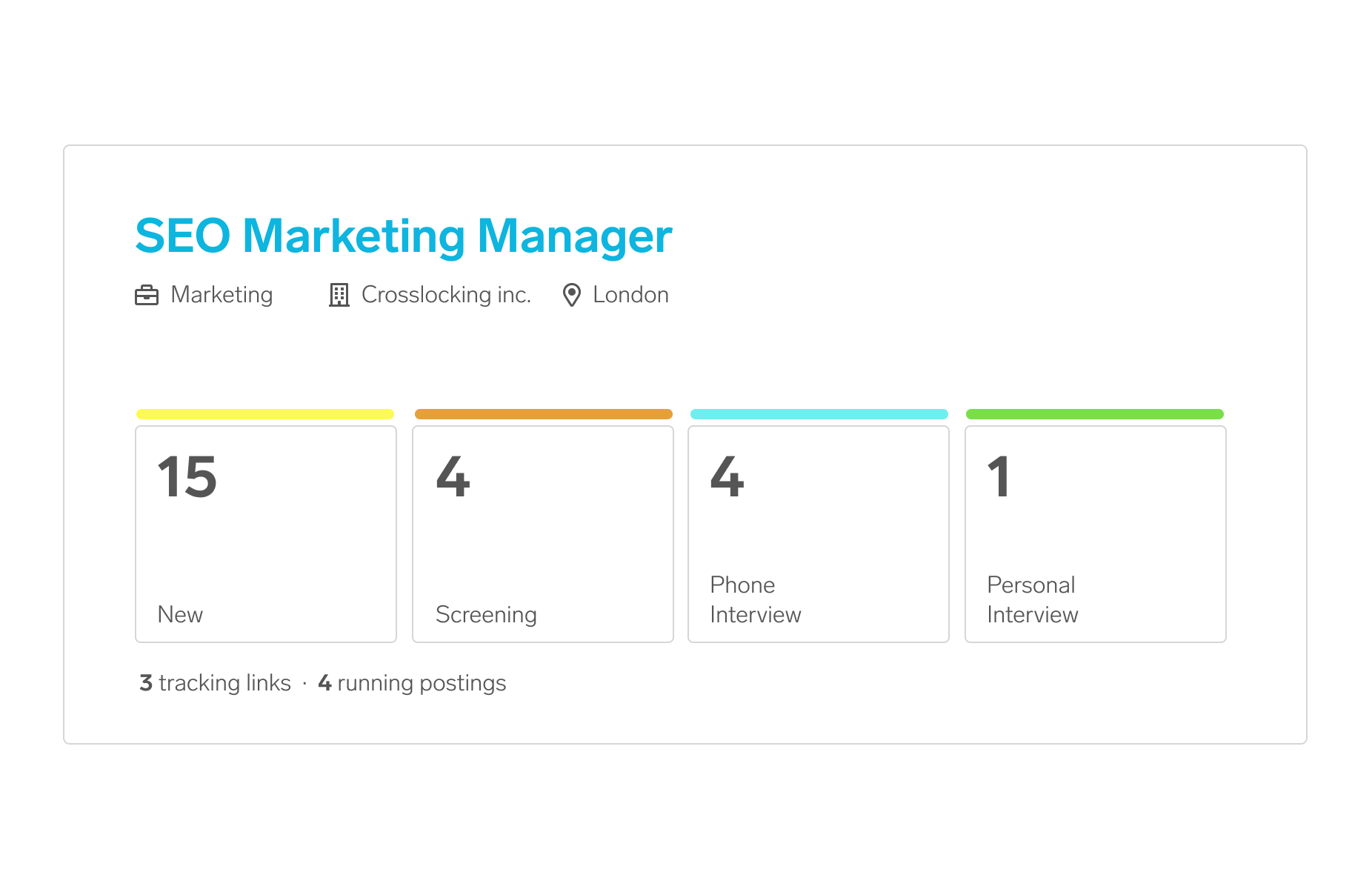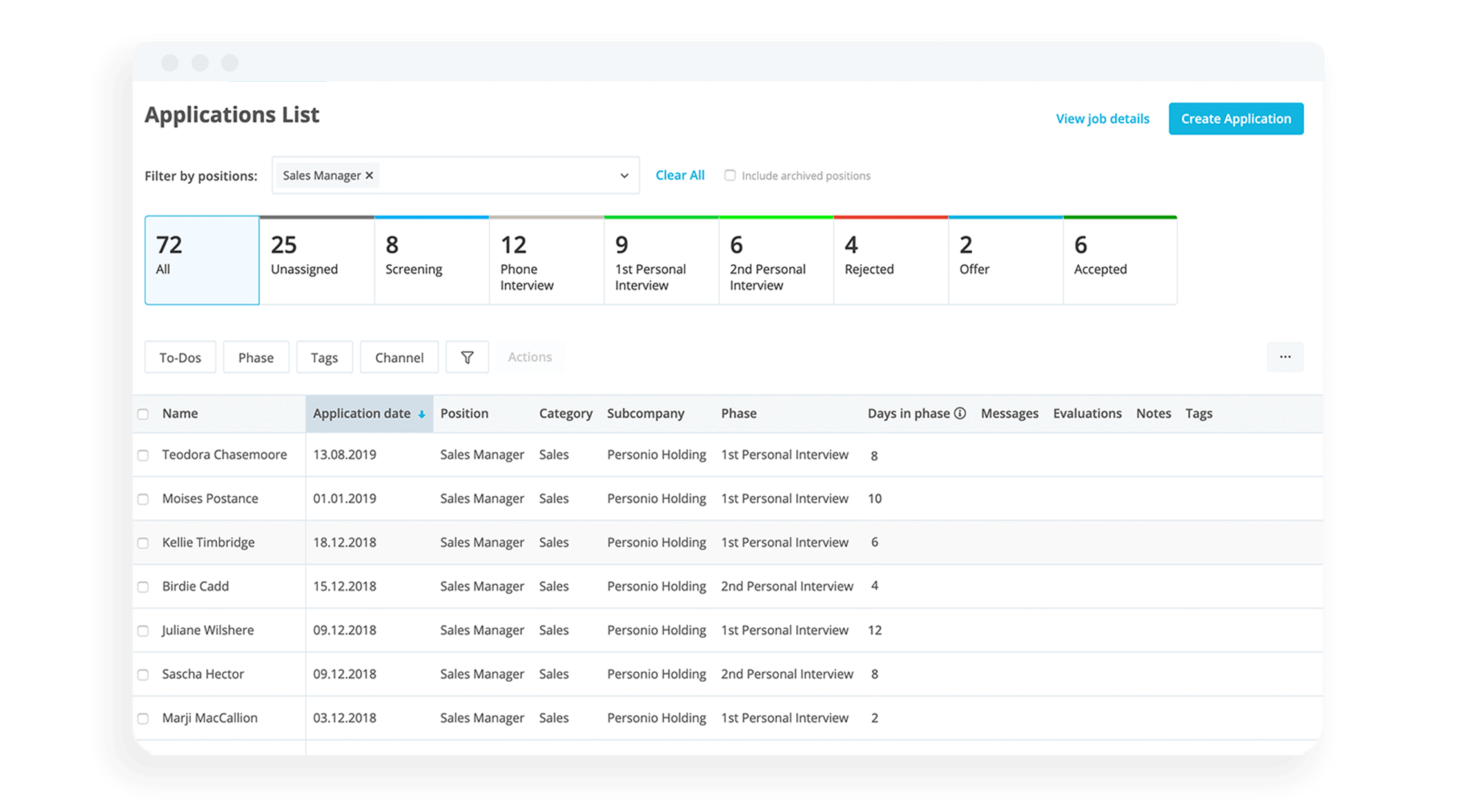
Employer branding guide
Because it all starts with attracting talent to your organisation.
Grab your copy hereWhat is a Talent Pool & Do They Work for Recruitment?

In this article, we’ll talk you through the basics of having talent pools, how they can help and how to optimise them with great HR software by your side.
Attract more talent to your organisation through employer branding. Download our eBook on it today.What is a talent pool?
A talent pool is a collection of potential candidates that help an organisation grow and achieve its long-term goals. Built and maintained by recruiters, formulated as a database and usually assisted with the help of an applicant tracking system (ATS), talent pools help organisations build ‘reservoirs of talent’ to have on hand, at all times.
Why do organisations need talent pools?
Talent pools are great for organisations that are growing quickly, but they are also suitable for organisations that want to hire more strategically. Having a reserve of talent on hand, all of the time means that your organisation is able to hire in a more resilient fashion (hiring for roles that come out of the blue or help tackle a new challenge).
How are talent pools related to workforce planning?
As an extension of workforce planning, talent pools are critical, because they allow your recruiting team to build collections of talent based on future needs.
While a talent pool may be the byproduct of workforce planning, they can essentially help your organisation prepare for and realise its workforce planning goals ahead of time.
What kind of employees fit into talent pools?
A talent pool may consist of both internal employees (candidates who may shift in their roles) and external candidates. So, in addition to a company’s own employees who have specialised skill sets, pools also include profiles from a variety of different sources.
These typically include:
Second-choice applicants
Potential candidates from career fairs and social media
Employee recommendations
Qualified former employees
Specialised software solutions can help support you in professional profile management and will allow you to quickly access all the relevant information, when you need it, in order to fill a position or implement staff retention initiatives.
Use Personio's ATS to build great talent pools

As part of Personio's all-in-one HR software solution, you can leverage our ATS to tag candidates and build better talent pools. Take candidates and organise them accordingly to build out talent pools for today and the future. Let us tell you more.
Show me recruiting with PersonioAn example of a great talent pool
Let’s say your company is hiring for a Project Manager, and the search has come down to two, equally-qualified candidates.
And, in addition to that, let’s say that your hiring committee met five other candidates down the road. While they weren’t the perfect fit for whatever reason, some of them were truly compelling and could even fit into different parts of your org.
Back to the task at hand, though: You’ve now selected your ideal candidate, hired them and even have had them sign on the dotted line (with an electronic signature, no less).
The rest of the resumes you collected, in addition to the candidates you met along the way, are gone. Whether they disappear from email chains or your candidate management system, they are now only a dream.
Doesn’t letting all of that talent seem like a real waste?
How do talent pools work?
If a talent pool becomes a standard part of your HR arsenal, you can benefit several times over. That’s because:
The recruitment process does not have to start from scratch every time.
Your pool of talent optimises preselection through existing information.
Second-choice applicants from other selection processes can be quickly obtained if they are available and interested.
Specialist departments can preselect using the available pool.
The HR department’s job is made easier.
The risk of selecting the wrong candidate drops.
Recruitment costs are significantly reduced.
Let’s take the example from above. Chances are, in a successful company, you’ll likely need a Project Manager sooner than later — which is why all of that talent you invested time in sourcing, speaking to and ultimately disqualifying is so important. They could make for a great addition, especially because you already know them.
But, there are two things at play here. First, the strength of your candidate experience and how it made potential applicants feel throughout the process. If that’s not strong, they may not even want to hear back from you.
The second is having all of their information, including what your team liked and didn’t like, documented and in a safe and secure place. That’s a talent pool, and it can save your team an immense amount of time when hiring for a new role.
What’s the key to great 'talent pooling'?
It’s all about preparation and potential. These are candidates who live within the system and have already been through the process, and you already have all of the information you need. It is as though the candidates have been pre-screened, and then some, which makes potentially hiring them even easier.
This could then include forgoing certain stages of the process, saving time, or not even having to invest the time and effort into advertising the job vacancy right out of the gate. All you have to do is ‘dip your toe’ in your talent pool, and if successful, that may rule out time-consuming pre-selection processes altogether.
How do talent pools affect employer branding?
It’s important to remember that having a talent pool can even be a positive influence on your employer brand.
That’s because even though you are dealing with ‘passive candidates,’ regular communication is essential to maintaining the connection they ultimately feel to your company. You maintain touch points with them and continue to present yourself as an appealing brand where someone would want to work.
Using a thoughtful communication strategy, you can also convey the values that are important to your employer brand. Overall, in order to benefit from these advantages in practice as well as in theory, a systematic approach to building up and segmenting your future pool is crucial.
We wrote the book on employer branding

And now we're sharing it with you! To see how your employer brand can help your business attract greater levels of talent, download your free copy today.
Get my free copyHow do you build and maintain talent pools?
Talent Pool Steps | What They Mean |
|---|---|
Source | Build talent pools from a variety of different sources. |
Segment | Segment them out to fulfil certain needs for your organisation. |
Engage | Reach out to your pool with tailored messaging to suit their needs. |
Recruit | Access your pool by recruiting them with job offers and invitations. |
Building and maintaining talent pools is both an art and a science. Ultimately, a thought-out and well-executed talent pool will be able to offer and recruit interesting and talented individuals in a shorter period of time.
1. Sourcing talent pools
There are a variety of ways to find suitable talent for your organisation. Some of the key ways to source and build a talent pool may include:
Career fairs
Trade fairs offer contacts with professional experience
Universities – lectures or recruitment fairs appeal to future graduates
Second-choice applicants – don’t lose sight of these talented individuals
Recommendations from employees – did you know that every second referral leads to a new hire?
Former employees – keep track of good employees who leave the company
Apprentices, working students and interns
Your company’s career website – update it actively
Your social media presence – use all channels available
Traditional job advertisements as well as online recruitment
Active sourcing
Keep in mind: Not every candidate you identify will be interested in making a change straight away (although their situation could change quickly). Sourcing candidates does not always mean sourcing active candidates.
2. Segmenting talent pools
Once you have your talent pool sourced, you need to segment it. This may be different for every organisation and their needs, but in general, it helps to add a little bit of logic to your list.
That’s because, before engaging your pool with targeted communications, you need to organise it. Without doing so, you may lose track of a more extensive talent pool (even if you have HR software to help).
There are two ways to think about segmenting talent pools:
Segment | Explanation |
|---|---|
Job-oriented | Based around a specific job title (with all of its responsibilities). |
Talent-oriented | Based around the requirement of specific skills (not title-dependant). |
From a strict segmentation perspective, job-oriented criteria would include:
Location of the company
Department type
Specific qualifications (certificates, diplomas, etc.)
On the other hand, talent-oriented criteria refer specifically to the candidate in question. This might include:
Their desired position/role
Level of entry
Specific responsibilities
You can, of course, also segment candidates according to both types of criteria.
An example of segmenting your talent pool
The segmentation criteria listed below consist of the five most often featured in talent pools. However, you should always consider the individual circumstances of the company:
Segmentation type | Explanation |
|---|---|
Region | Regional segmentation is a basic differentiation criterion and can be carried out on a local or international level. |
Professional experience | Depending on the available positions, you can choose between various experience levels, from entry-level to professional. |
Candidate proximity | The closer they are, the more knowledge of the company or the job the candidate will already have. |
Training and qualifications | This is important not only when making a selection for a vacant position, but also for communicating with the candidates in the talent pool. |
Candidate motivation | A supporter may expect a different form of communication than the second-choice candidate from a completed selection process. |
3. Engaging with your talent pool
Your talent pool is growing steadily thanks to the actions you’ve taken. In addition, you are now able to segment the talented individuals within it according to different criteria.
However, be sure to engage with the talent slumbering in your pool on a regular basis. Draw attention to yourself regularly. There are various ways of doing this:
Targeted job offers
Birthday greetings
Invitations to trade fairs or events
Feedback on your own recruitment process
Providing general information about the company
The goal is to keep reminding them that your company is an important employer, presenting yourself positively while doing so and expressing your appreciation of the passive candidates.
At the same time, these regular points of contact create authentic insights into your company and convey enthusiasm for becoming part of it.
4. Recruiting from your talent pool
The approach to maintaining a professional talent pool described here will support your company on a long-term, successful, and forward-looking path.
If this is the case, the company is wasting important opportunities, as the applicants themselves show a great deal of interest in these pools.
Forty-nine and a half per cent of all applicants would use a company’s talent pool despite being rejected for a position.
But, and this is a big one: 73.2% of talent pool candidates interviewed had had bad experiences, while 30% had received completely unsuitable job offers and 42.5% had not received any information about current vacancies.
Develop a differentiated communication strategy to connect with passive candidates and achieve the intelligent segmentation of your talent pool.
How to hire the talent you need, fast
Talent pools are one thing, but how do you ensure you're getting great talent in through the door in the first place? Personio's all-in-one HR software solution can help you source, track and onboard top talent.
Treat applicants to an exceptional candidate experience. Then, turn that candidate experience into a great employee experience with Personio's range of features to help manage, develop and pay your employees.
Speak with an expert today to learn a bit more about Personio's ATS capabilities and how we've helped 10,000+ customers across Europe make more time for what matters.
